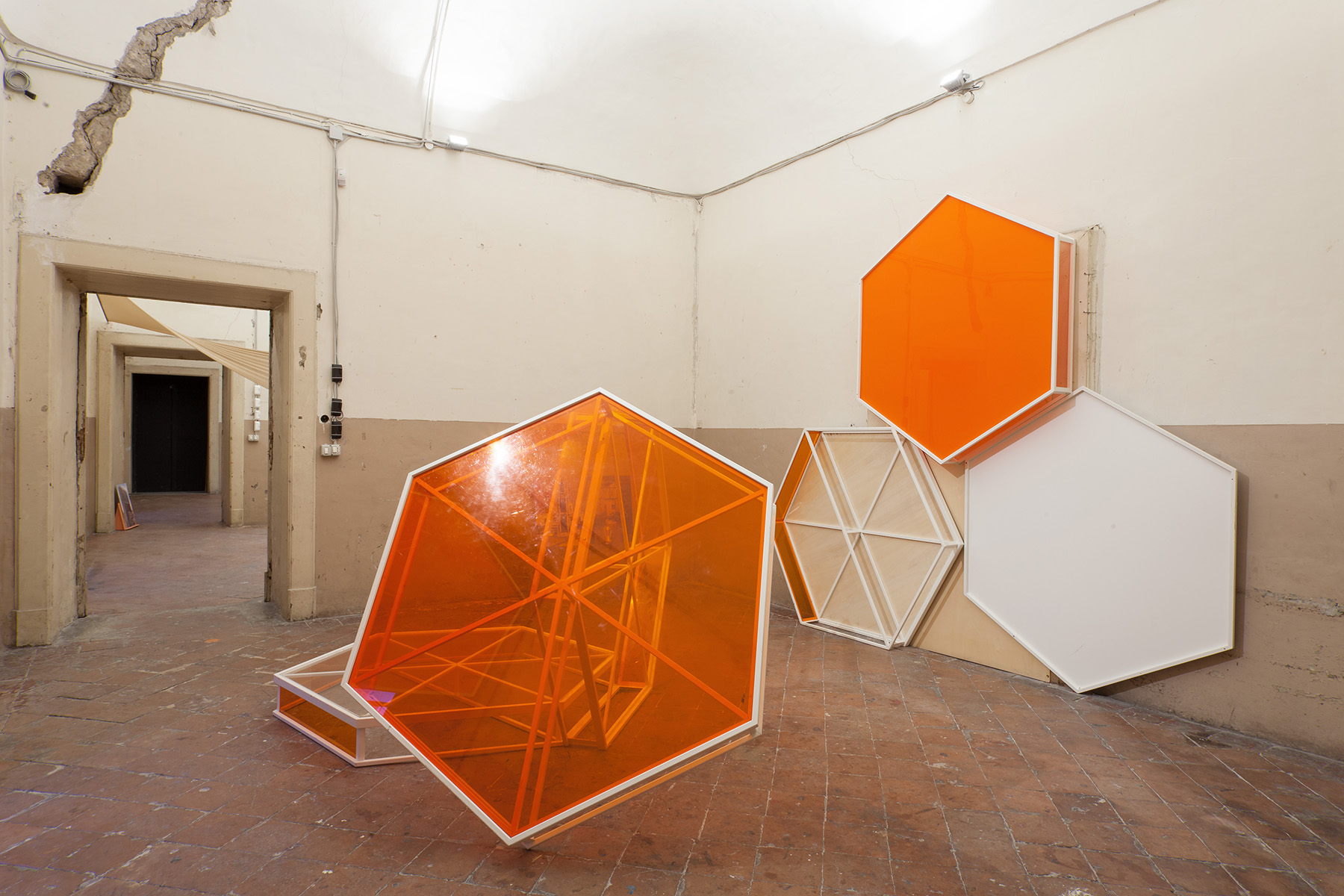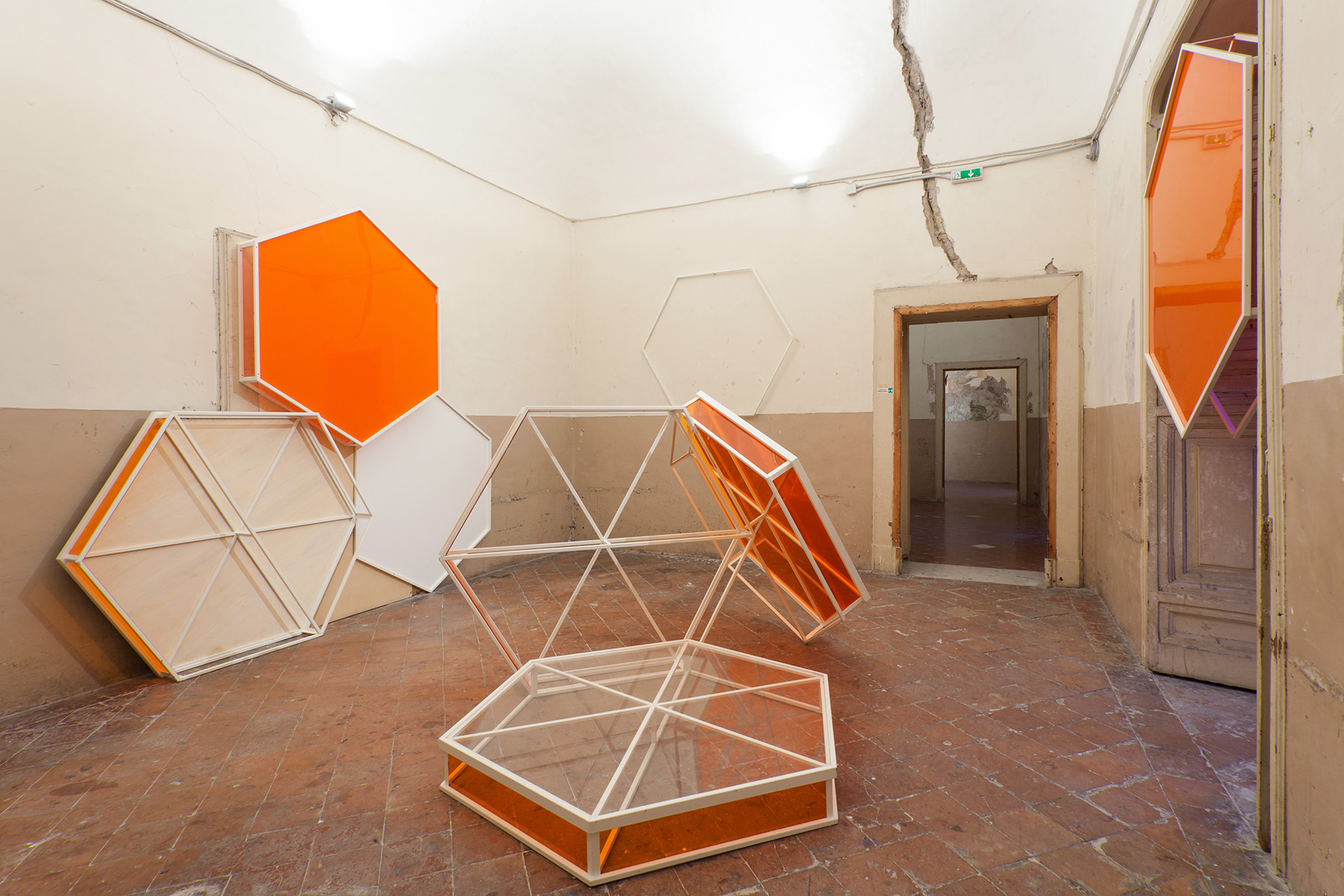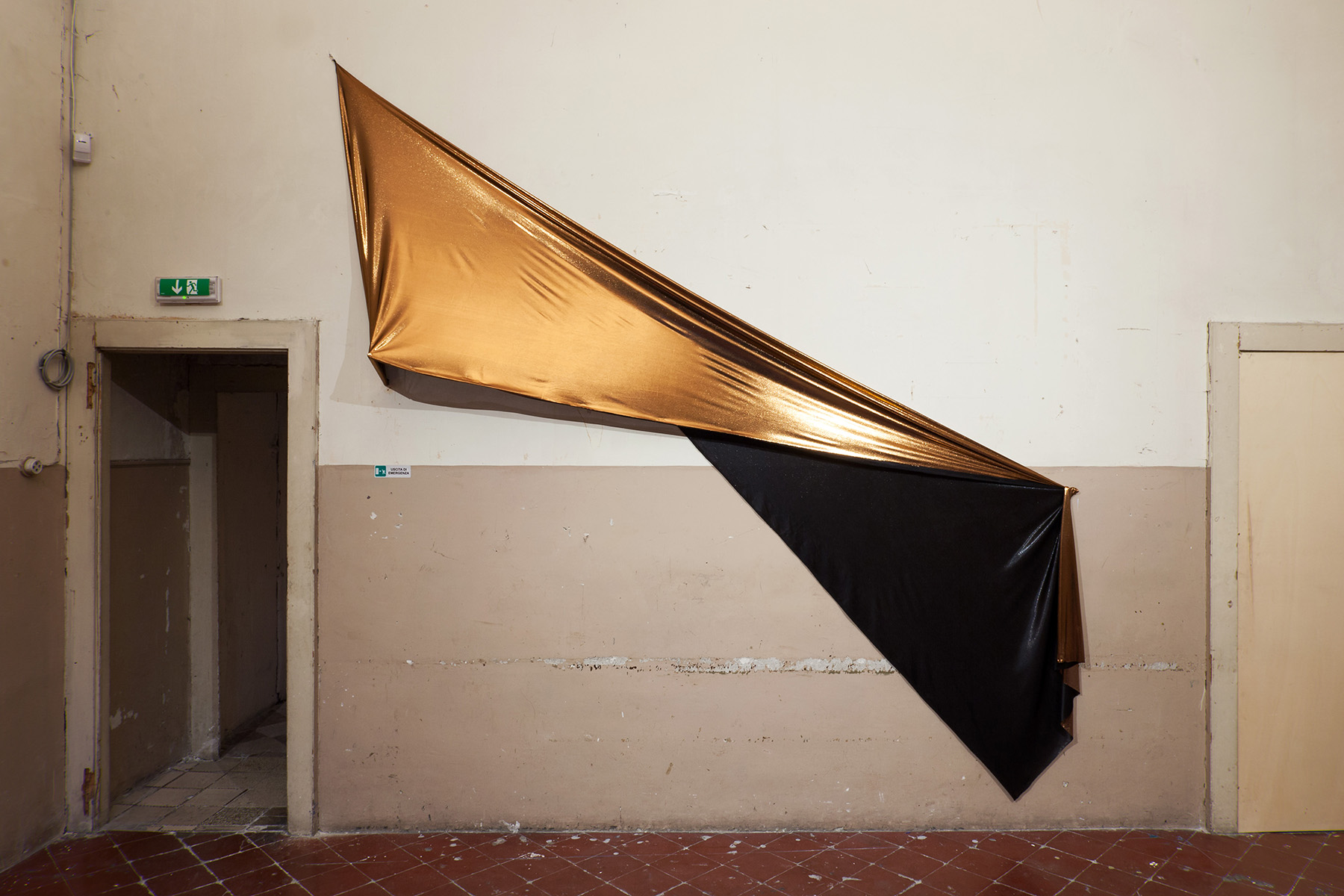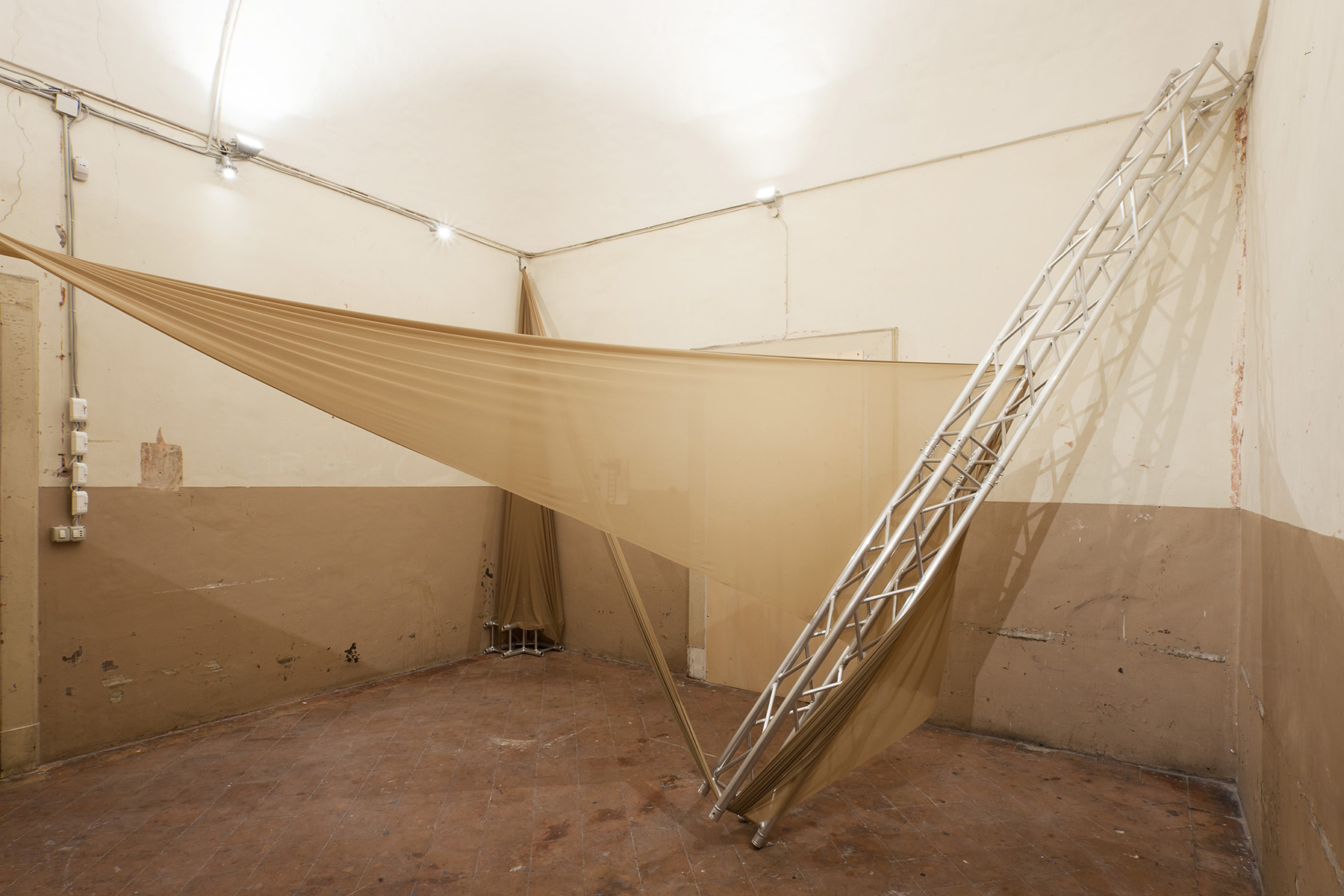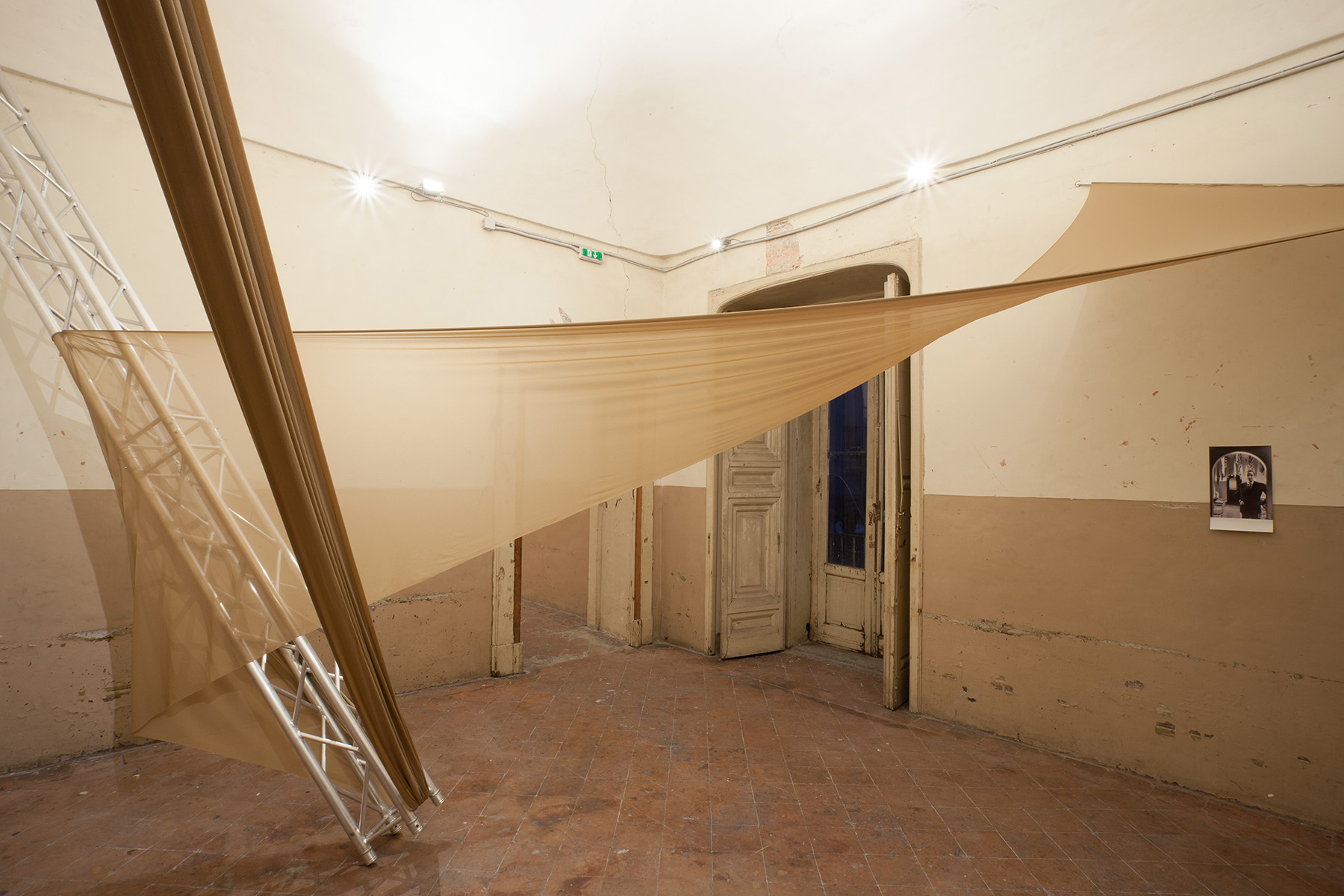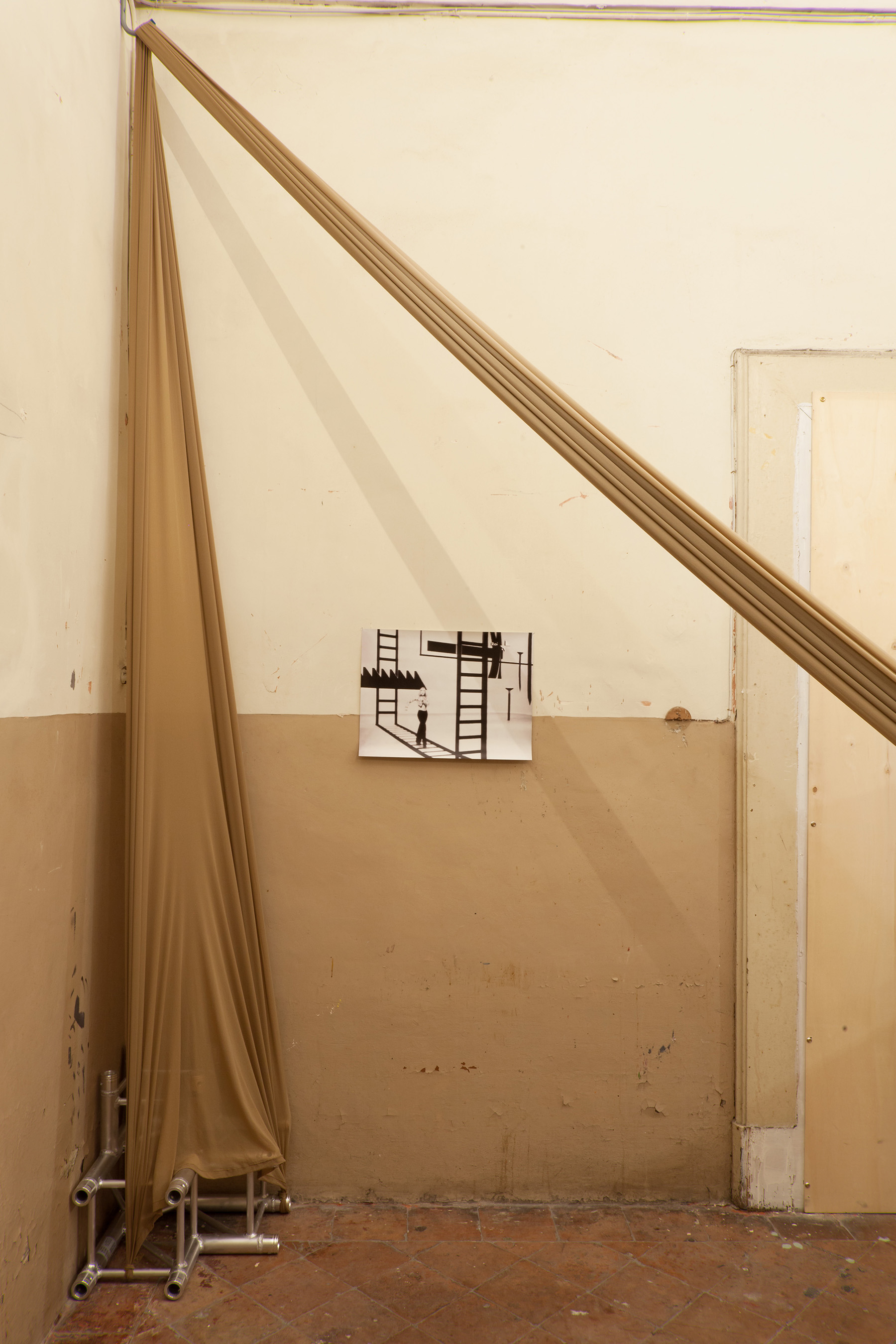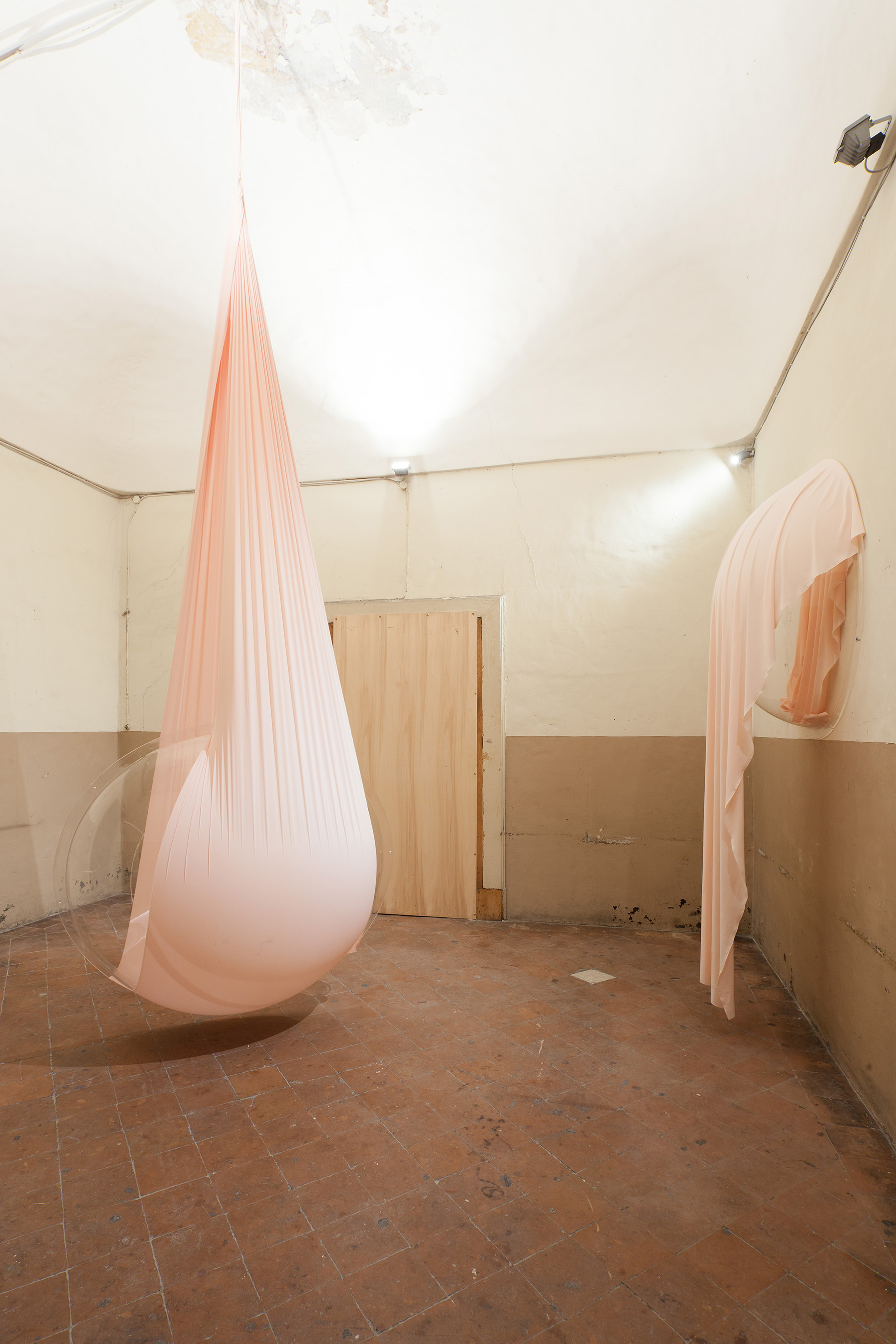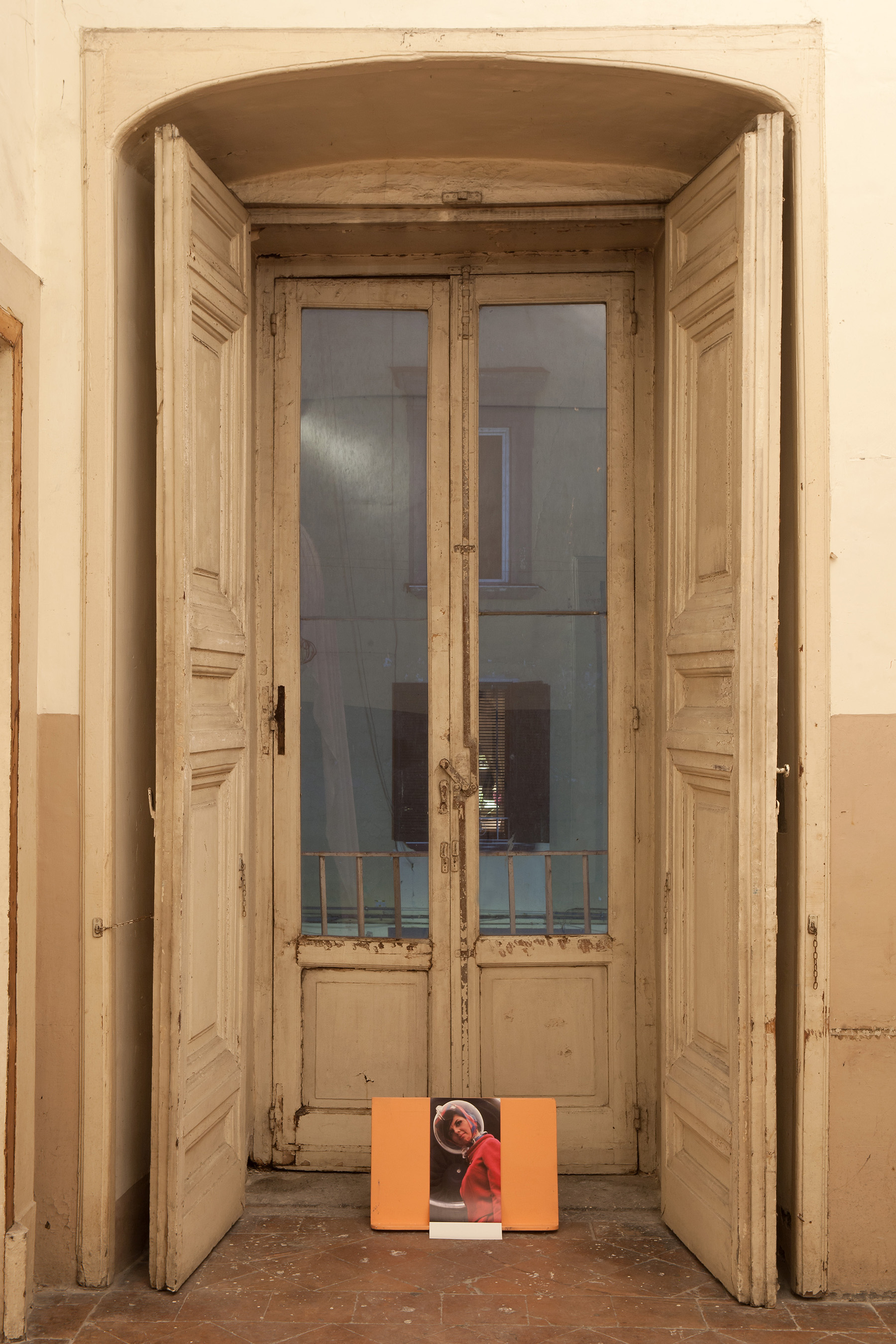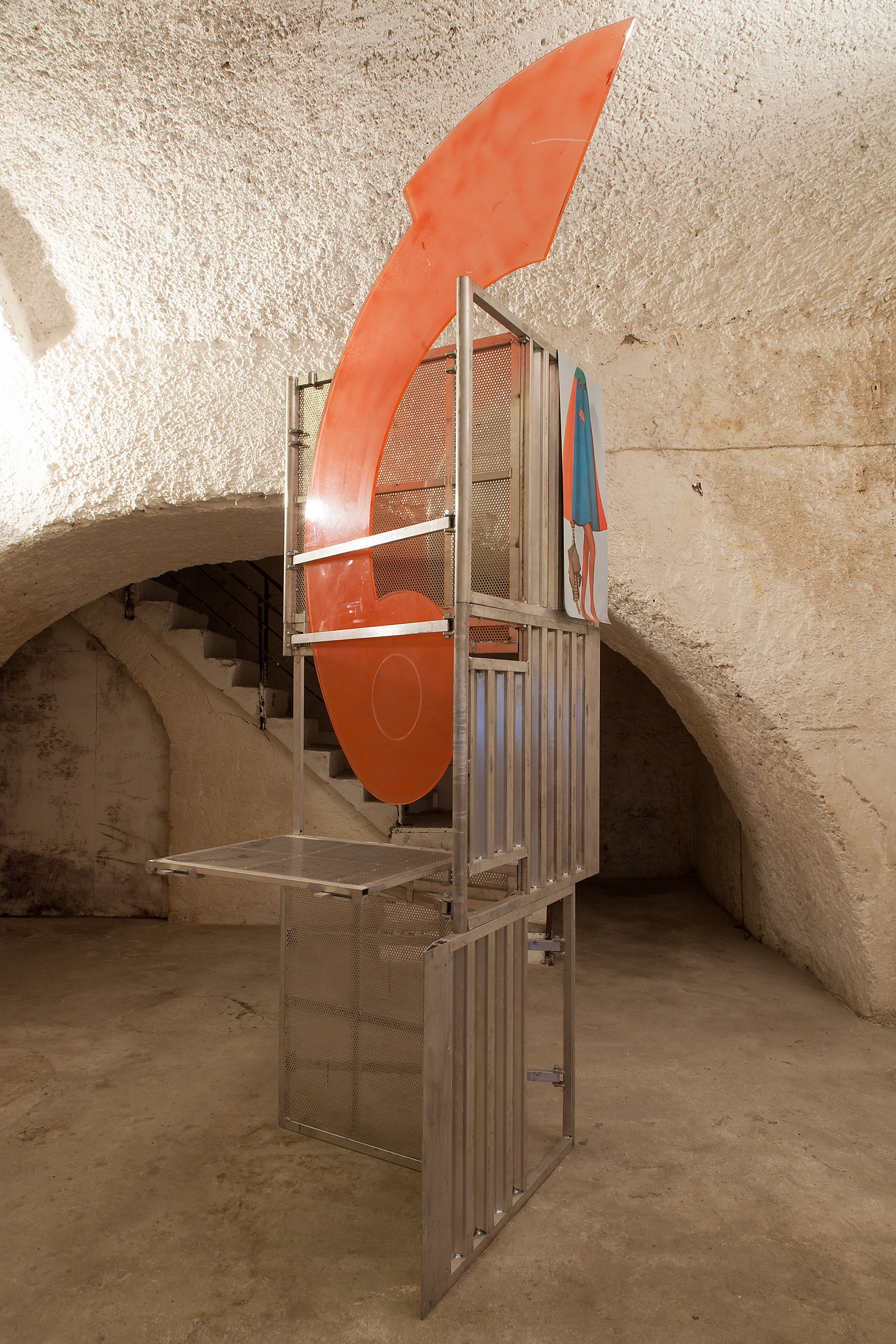12.12.2013 \\ 01.03.2014
Featuring new solo projects by Bettina Allamoda (Berlin) and Geoffrey Farmer (Vancouver), Fondazione Morra Greco is proud to present the fourth and final installment of a series of exhibitions entitled Hybrid Naples: L’ordine delle idee deve procedere secondo l’ordine delle cose.
Both artists working also with images and objects sourced in preparation for this show in Naples, Allamoda will present a new series of sculptures that are very haptic and very hybrid at once; while Geoffrey Farmer is presenting an ambitious, computer-controlled film, a work in progress incorporating thousands of found images, woven together by sound, and algorithmic parameters.
The main title of the series reflects on the city of Naples as a continuously rebuilt monument to hybridity. “The open city feels like Naples, the closed city feels like Frankfurt”, wrote Richard Sennett in 2006. Naples here is understood as a city remaining adaptable by improvisation, accommodating diversity and dissonance (for better or worse) rather than over-determined homogenization. But rather than just a current state of things, the idea of an ‘open’, hybrid Naples also implies three millennia of history: of a place where Greek, Etruscan, Roman, Spanish, German, Dutch, and many other presences have left their mark.
As a cultural reality and technique, hybridity – the crossing and intermingling of different cultural influences and elements – has become a factor dramatically accelerated by contemporary technological environments, from the importance of social media to artists using affordable digital technology. It directly affects what today we understand as being contemporary art: potentially, anything. However, this broadness of possible methods and motifs for current artists should not be understood as randomness. This is what the subtitle of the show is meant to remind of: “the order of ideas must follow the order of things”. It is a quote by the great Neapolitan philosopher Giambattista Vico (1668–1744). It stems from his famous main work Scienza nuova (New Science, 1725), in which he argues that civilization develops in recurring cycles. This axiom “the order of ideas must follow the order of things” asks us to consider that the shared experience of the conditions under which we live gives rise to shared ideas – rather than the other way round (an anticipation of Karl Marx’ famous “being determines consciousness”).
Taking this thought as a cue for the exhibition, it means that the artist’s experience and its reflection in their internal thought processes will give rise to the ideas expressed in their respective projects – rather then these ideas being randomly preconceived products ‘parachuted in’, or merely being the outcome of prescriptive instructions by a curator demanding illustrations of hybridity or any such thing.
The first installments by Max Frisinger – with his wings of a hydrofoil plane, or exposure of wooden scaffolding normally hidden behind a door – and Shana Moulton – with her funnily surreal videos exploring Internet New-Ageism – were cases in point. So were Christian Waldvogel’s homage to Giordano Bruno, a candle machine producing extra-solar planets, as well as Eric Wesley’s contemporary version of a knight’s suit of armour presented in a dramatic showbiz staging. The third installments explored yet other angles: Matheus Rocha Pitta’s showed concrete slabs encrusted with media images of people shaking hands, embracing and kissing, reminiscent of ancient Greek funerary steles depicting gestures of agreement with gods; and Klaus Weber created plaster cast negatives of a number of current Neapolitans, creating an homage to the city in the form of a dreamer’s scenario.
Finally, it’s Bettina Allamoda’s and Geoffrey Farmer’s turn.
Bettina Allamoda’s work takes methodological approaches first developed in the 1960s – not least by Arte Povera artists – to new frontiers. These new frontiers are those of a radically changed technological and ideological landscape, in a multi-polar, post-Cold-War world, connected by digital communication – and disconnected by the widening gap between the rich and the poor. What are the strategies of the powerful to control that environment? What do the powerless do to survive? And what are the tactics of those who still try to enjoy life amidst the mess? Cinema movies, buildings, television sets, even objects like crowd barriers or stretch fabric for fitness clothing are symptomatically shaped by these developments. Allamoda makes collages, sculptures, and installations that conjoin these developments into hybrid, surreal constellations. In a Giovanni Anselmo piece such as Torsione (1968), physical energy is literally stored by wringing a piece of leather on top of a concrete cube around its axis with a wooden bar that is eventually jammed against the wall; in an Allamoda piece like Bed Bondage Sculpture #3 (2010), a piece of black and velvet synthetic leather is wrung around what looks like a bar stool (but is a sculptor’s modeling stand), fixing it against the wall like a leaping Batman, thus ‘storing’ physical as well as ideological energy – all of which she did amidst an exhibition (at September gallery in Berlin) dealing with the military-industrial complex and fantasies of invincibility and being obsessed in the wake of the Iraq War.
For her multi-part project especially conceived for the spaces of Fondazione Morra Greco, Allamoda is working with materials and images partly sourced in Naples: barrier or plexiglass objects are entangled in complex balances and imbalances by way of fabrics and plastic foils stretched or wrung around them, forming precarious sculptures, reminiscent of 1970s TV studio dreams as much as futurist dystopian nightmares – Gameshow meets Robocop. Physical experience is warped through media experience, and vice versa: this is what Allamoda transfers into the realm of sculpture and collage, formalizing it into an abstracted yet physically concrete, sensory-spatial experience.
All images Courtesy Fondazione Morra Greco, Napoli
© Amedeo Benestante

